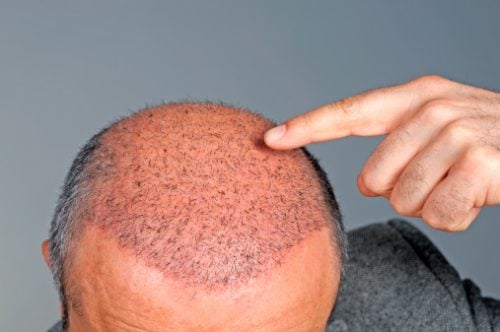How to Care for Your Newly Transplanted Hair
The hair surgeon’s experience and the grafting technique used, as well as the grafts’ quality and the accuracy with which the follicles were transferred from the donor site to the recipient site, are all crucial to the outcome of hair graft.
However, the time spent recuperating after a hair transplant treatment is equally critical to the procedure’s success. By properly caring for your new grafts, you can reduce the likelihood of a failed hair transplant, irrespective of your chosen hair transplant technique.
The health of your new grafts depends on your careful monitoring. To maximize your chances of a successful recovery from surgery, it is crucial that you carefully adhere to all postoperative instructions provided by your clinic and inject yourself with a healthy helping of personal will and patience. Using the advice in this post-transplant care guide, you can give your new hair the best possible chance to thrive.
Retain the Newly Grafted Area Moist
Your surgeon should provide you with everything you need to maintain an adequate moisture level around your hair follicles following a hair transplant. Misting the hair with a saline solution or an ointment regularly is a common practice to prevent the implanted hairs from drying out.
Gentle Hand Washing
When you’ve used the solution for a full two or three days, it’s time to wash your hair by hand. You should avoid vigorously rubbing your hair and scalp under the showerhead; instead, reduce the pressure and wash your hair with your hands. The best way to care for your hair is to use a mild shampoo and rinse carefully with a cup of warm water.
Rest in a Semi-upright Postures
People who have just had hair transplants should consider sleeping in a semi-upright position to avoid gravity’s adverse effects on their new hair. It is recommended that for the first 48 hours following a transplant, the patient sleeps in a reclined position, with their head and neck at an inclination of 45 degrees from the horizontal.
Avoid Excessive Redness, Swelling, and Itching.
Regular, mild hair washing after a hair transplant can alleviate scabbing and itching. Another way to reduce edema is to sleep in the same position for the first three nights.
Avoid Strenuous Exercises
Pain and oedema can be reduced by limiting strenuous exertion for a while. After a hair transplant, you can safely engage in non-aerobic exercises, such as walking and stretching. After 7-10 days, you can increase the intensity of your workouts by 5-10% per week. New transplants are not at risk from sweating, but strenuous exercise will amplify pain and inflammation.
Go For Sifter Hairstyles
Hair implants need to be cared for with some gentle tension, so loosening up your ponytail, braids, etc., is a good idea. Don’t use too much substance that will make your new transplants overly massive or rigid; instead, try adding some roughness.
Conclusion
Minimally invasive hair transplant surgery is a life-changing option for men and women unhappy with their current hair loss solutions. We have high hopes that these pointers will assist you in maximizing the benefits of hair restoration.




